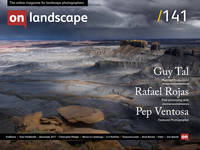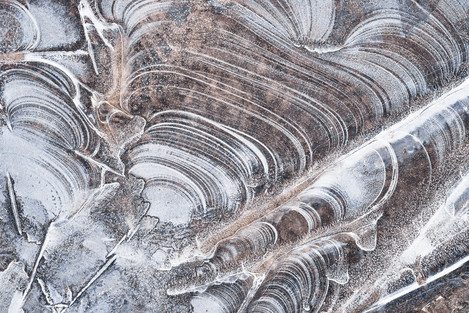The skill of subtlety in good post-processing

Rafael Rojas
Rafael Rojas (Master Hasselblad 2014, MA Photography, ARPS), is a Swiss and Spanish full-time artist photographer, lecturer, author, and creativity mentor.
He has been involved in teaching most of his life, first helping young students, then teaching undergrads, and later as a university lecturer.
Nowadays, his teaching activities focus on helping photographers see the world with different eyes and use photography as a tool of personal and creative expression.
After seven years of work, the MasterCOURSE “Photography with Intent”, an intensive mentoring program for Expressive Photographers, has become the apex of his teaching career and his utmost contribution to the Community of Photographers.
One of the most important and difficult skills in good post-processing is subtlety. As we start processing our images, we frequently over cook them. Frequently spurred by impact, we think all post-processing should be led by a dramatic and epic intent. The result is frequently over contrasty, over saturated and over textured images. Too much contrast, too saturated colours, too much clarity in the mid tones, too much sharpness... are frequently the proof of a lack of sensitivity, subtlety and respect for the genuine intent which led us to make the photograph in the first place.
As processing adjustments get too intense, post-processing starts to be seen, not felt, and it stops enhancing a mood or intent. Instead, it becomes a barrier to it, and it blocks the observer at the superficial level, not allowing her to go through it into the deeper levels of signification that the photograph could have provided. When we go too far with post-processing, post-processing becomes the real subject of the photograph, and we have failed as artists wanting to use photography in an expressive way.
Post-processing is quite like cooking. When we start, we frequently drown the tastes with an abundance of spices and condiments, using way too many ingredients whose tastes blend and hide each other, leaving in the mouth a unique strong taste with no nuances.


